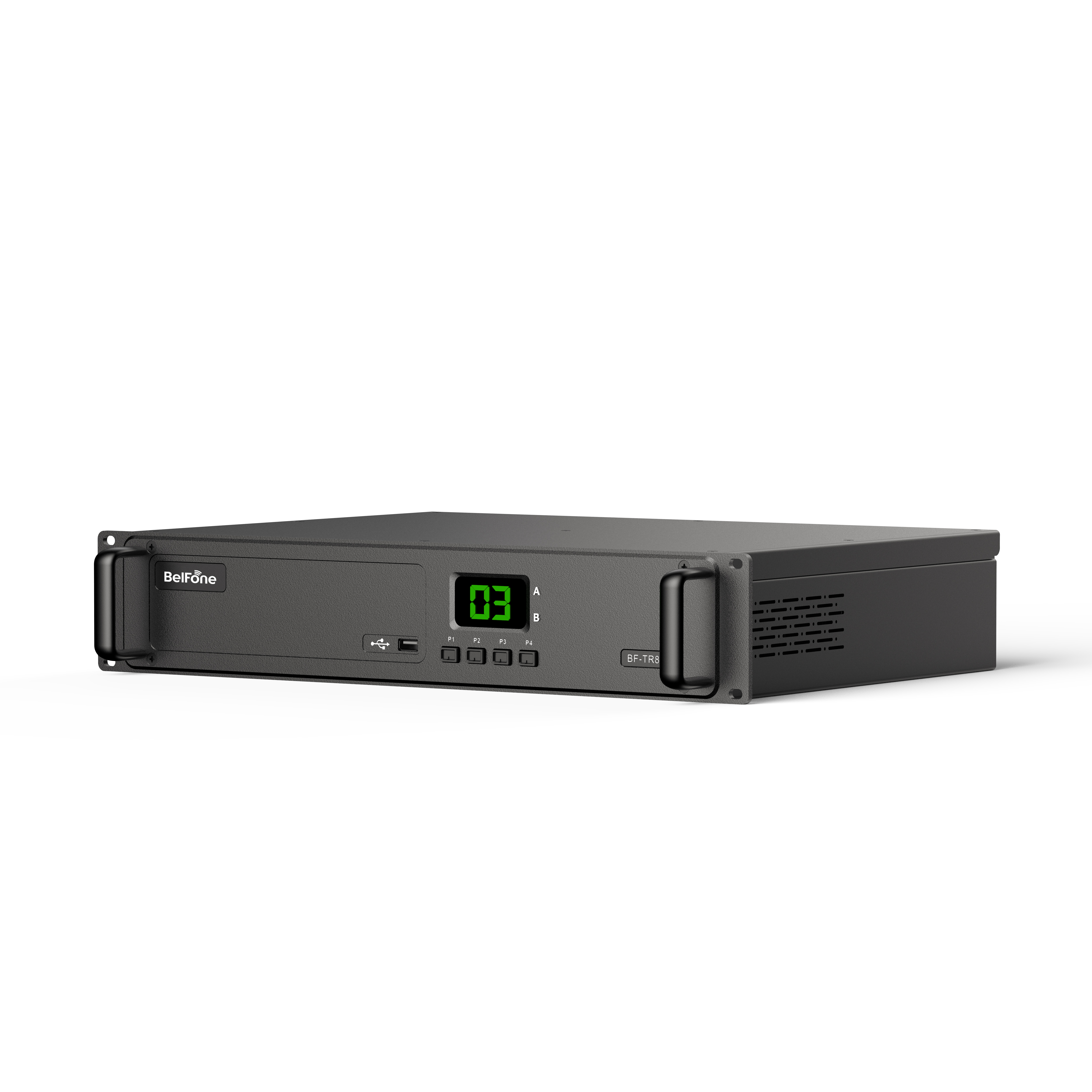In a complex environment such as a hotel, the wireless communication system must have a high degree of stability and security. Based on the diverse facilities and building layout of the hotel, it is often necessary to start from many aspects to ensure the normal operation and stable communication of the wireless communication system. When designing a wireless communication system, the following aspects are especially important to consider:
1. Frequency and interference management
The stability of the wireless communication system depends largely on the frequency management. As there are many devices inside the hotel, such as Wi-Fi, cell phone signals, smart home devices, etc., the working frequency bands of these devices may interfere with the wireless communication system. Therefore, we should initiate a frequency survey to confirm the frequency bands used by all wireless devices in the surrounding environment, and avoid choosing the frequency bands that are crowded or have serious interference.
In this case, using an independent dedicated frequency band is an effective way to reduce interference. If you can obtain a dedicated frequency license, you can significantly reduce the risk of interference, thus improving system stability. In addition, for the industry like hotel we can also choose multi-channel digital repeaters for dynamic resource diversion. BF-TR8500 provides 99 channels and it can also access BelFone smart trunking system, effectively effectively integrating channel resources through the base station controller, unified management and allocation of channel resources in real time, and realizing multi-channel sharing, which effectively improves the utilization rate of the service channel resources and the call-through rate, and thus enhances the stability of the hotel's frequency use.
2. Network dispatching and coverage optimization
As the building structure of hotels is usually complex and the rooms are densely distributed, and some areas may even be underground or in enclosed spaces, which often leads to difficulties in signal transmission, the deployment location and coverage of repeaters need to be carefully planned in order to ensure the stability of the system.
Through field tests, signal blind and weak areas in the building can be found and corresponding measures can be taken, such as increasing antennas or installing signal enhancement equipment. In large-scale hotels, multi-point deployment of repeaters can be used so as to enhance the signal strength in areas that are difficult to cover and ensure adequate signal coverage in every corner. Thus, the largest transmission power of BF-TR8500 is 50W, which effectively helps users enlarge the terminal signal’s coverage area.

3. Redundancy and backup
In order to cope with unexpected equipment failures or signals interruptions, redundancy and backup schemes should be considered in system design. A redundancy ensures that in the event of failure of a critical piece of equipment, the system can automatically switch over to the backup equipment and continue to maintain communications service. BF-TR8500 supports both AC and storage battery, when the AC power supply is accidentally interrupted, the backup power protection function can automatically enable the UPS power supply to ensure normal operation of the Repeater. When the external battery loses power or is out of power, its floating charge function can provide a charging service for the equipment battery to ensure that the equipment operation is double guaranteed. This redundancy design is particularly important in large hotels, especially for critical positions such as security and emergency response, where the continued operation of the system is essential.
4. Network Topology and Communication Delay Optimization
An overly complex network structure can lead to communication delays, which can have serious consequences in emergency situations. The design should try to simplify the network hierarchy and reduce the number of nodes for signal transmission to reduce the delay. Especially for large building complexes such as hotels, for cross-building communication needs, wireless bridges within the LAN can be used to reduce the bottleneck of signal transmission and ensure real-time communication.
BF-TR8500 supports centerless or smart IP connection. Smart IP connection can create a professional wireless communication system with wider coverage to have a flexible assignment of groups and channels. Thus, it can combine the daily patrol and the user demand in emergency situation well, as the network node of SDC system network, and accept the unified command and management of the dispatching center.